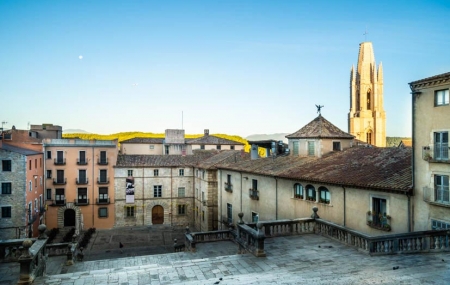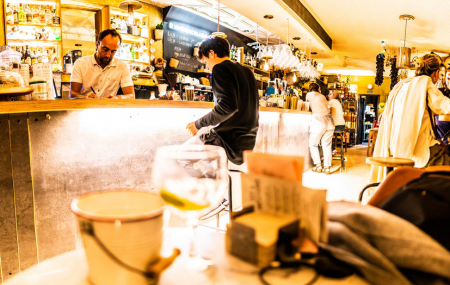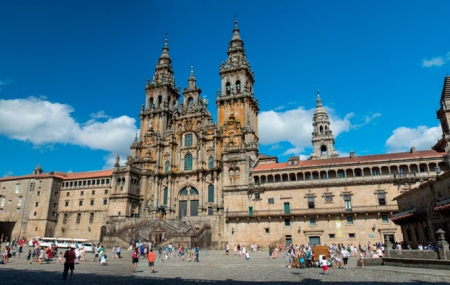Bilbao: A Transformed City
No other European city has experienced quite an impressive transformation during the last 30 years as has Bilbao, the capital of the Basque Country region in Spain.
Reborn from its ashes in every sense: it was once a grey city affected by heavy industry and has now been fully renovated into a modern icon of services, tourism and culture, with greater environmental awareness; a city with high living standards, plenty of green spaces, and an interesting mix of old and modern constructions that visitors come to love.
What makes it incredible, though, is the short time frame in which these huge changes took place: its river´s recovery, its new public transport system, the creation of emblematic buildings by leading architects and ample pedestrian spaces.
In a place where factories lined up next to each other, you will now find the famous and striking Guggenheim Museum Bilbao, created by the renowned architect, Frank Gehry.


Likewise, what was once a highly contaminated river used as a means of transport for large industry ships, has now been totally cleaned, with newly built strolls that run alongside, for both locals and tourists to enjoy.

Public transport was particularly basic in Bilbao only 25 years ago, and now the city holds an efficient and modern system that includes the Metro, Tram, Bilbobus, Bizkaibus, Termibus station, commuter rail and long-range.
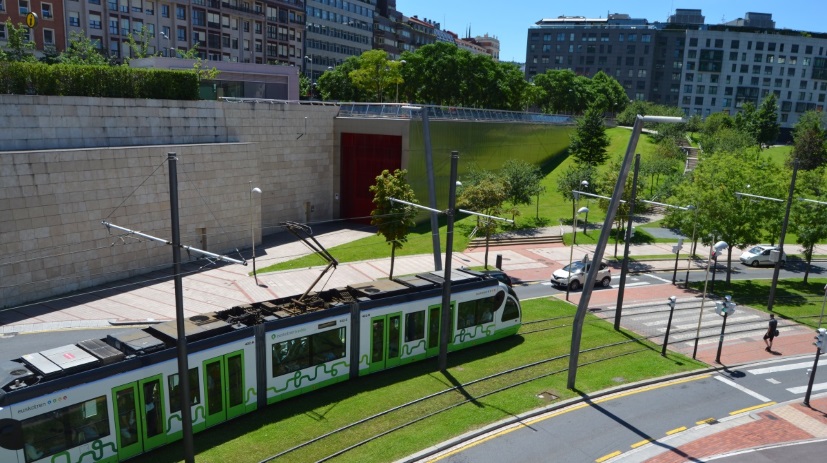
Of all of these, the metro, which was designed by the respected Norman Foster, generated the greatest gratification for its people, and has become a symbol of the new Bilbao with its famous “Fosteritos”, pictured below (entrance to the underground in Bilbao).
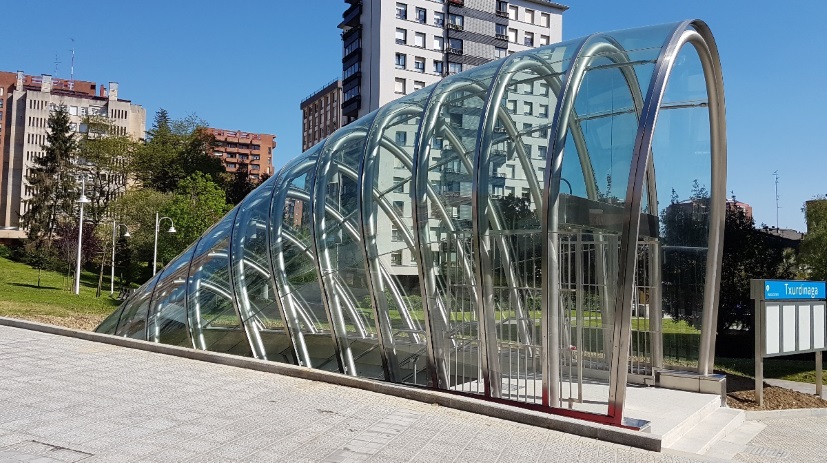
Bilbao in one day
Bilbao welcomes tourists with open arms! If you are only going for a day, we suggest starting in the Middle Ages, walking your way towards impressive modernity.
You can begin your day at the Arriaga Theatre, and then head towards the Old Quarter, where you will be able to see the Cathedral and get lost for a while into the Seven Streets (Somera, Artecalle, Tendería, Belosticalle, Carnicería Vieja, Barrenkale and Barrenkale Barrena). This is where the city was born.
From there, walk towards the Ría (river) and near the Ribera Bridge youwill spot the wonderful art-deco Ribera Market, the largest indoor market in Europe.
You can then head towards Azkuna Zentroa museum, one of the most iconic buildings in the city (known for its hall with 43 differently styled columns). Afterwards, walk towards Plaza Moyúa and admire its fountain. From there head down the Alameda Recalde street, where at the end you will bump into the emblematic museum: Guggenheim Bilbao.
If you have kids, they will feel amused by the site of Koon´s huge flower puppy (maintained all year round), and will enjoy refreshing and playing with the water fountains that poke from the floor outside. The museum itself also has a kids’ activity corner for them while you visit the museum.

After or before you visit the museum, take a stroll on the promenade that, although busy in weekends, has a wonderful feel to it: the green mountain vs. the city – classical vs. modern, all combined in one lovely site.
Another great activity to fit into your itinerary (if you can!) is an open-air concert during summertime at the Kiosco del Arenal, a beautiful stage that was built in 1923 and reformed in 1985.
Nature walks and views in Bilbao
If it´s a sunny day and you prefer mixing both nature and city strolls, then a great option is to visit Mount Artxanda and then have a walk around the city (or viceversa).
In the hills that surround Bilbao, there are a series of hikes that link up to create a network called “The Green Belt” (maps are available at tourism offices). You could begin your climb up from the very Guggenheim Museum, taking the path on the left hand side of the La Salve Bridge.
It is an easy ascent that offers you the possibility of discovering Bilbao from different angles. Depending on how long you want to hike, you can keep following the trail (the Green Belt is 99.3km long!) or take any of the several cut-offs that head back down to the city.
If you are low on time, or if you prefer not to walk, step into a faster and more comfortable ascent: a fully modernized 100-year-old funicular that takes you to a nice viewpoint.
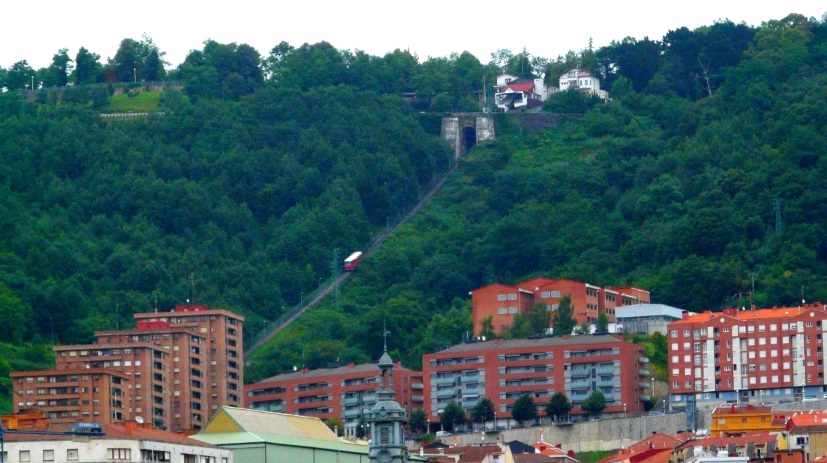
Did you know? The funicular is the city´s oldest public transport.
Food: a must in Bilbao
The Basque country is a worldwide gastronomic reference, so any time is a good time to eat in Bilbao. The fact that they have produced some of the best chefs in the world is no surprise given their long-lasting gastronomic tradition.
We suggest you begin with a vermut or marianito and, while you are at it, have a real feel of their cuisine. For this, visit a classic tavern which will normally be packed with a collection of pintxos (Basque tapas), or miniature culinary works. We guarantee once you try them, you will understand why the Basques love to “go for pintxos” (which means, tavern-hopping and trying as many as they can).
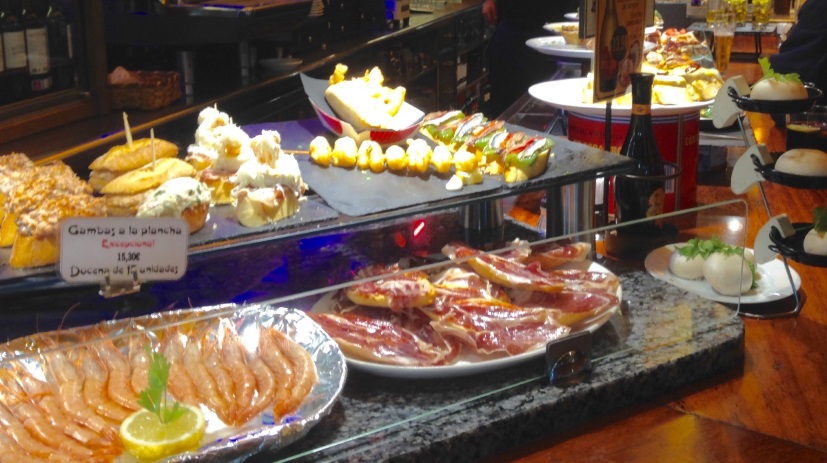
There are several all-time classic taverns which shouldn´t disappoint such as La Viña del Ensanche, Casa Victor Montes, Serantes or El Viejo Zortzi.
Or if you prefer a modern place with good bites: Peso Neto and El Perro Chico are two good options.
While on Mount Artxanda, a good place for lunch on a sunny day is Txakoli Simon- a walk away from the top of the funicular.
Last (but certainly not least!), if you have the chance you might want to take advantage of the many Michelin-starred restaurants in the city such as Mina, Azurmendi or Nerua (in the Guggenheim Museum).
The Pastelería Arrese, a classic pastry shop of Bilbao (founded in 1852) is a good place for something sweet, although we personally like Pastelería Suiza more. If you go, order a pantxineta, the best in Bilbao!



